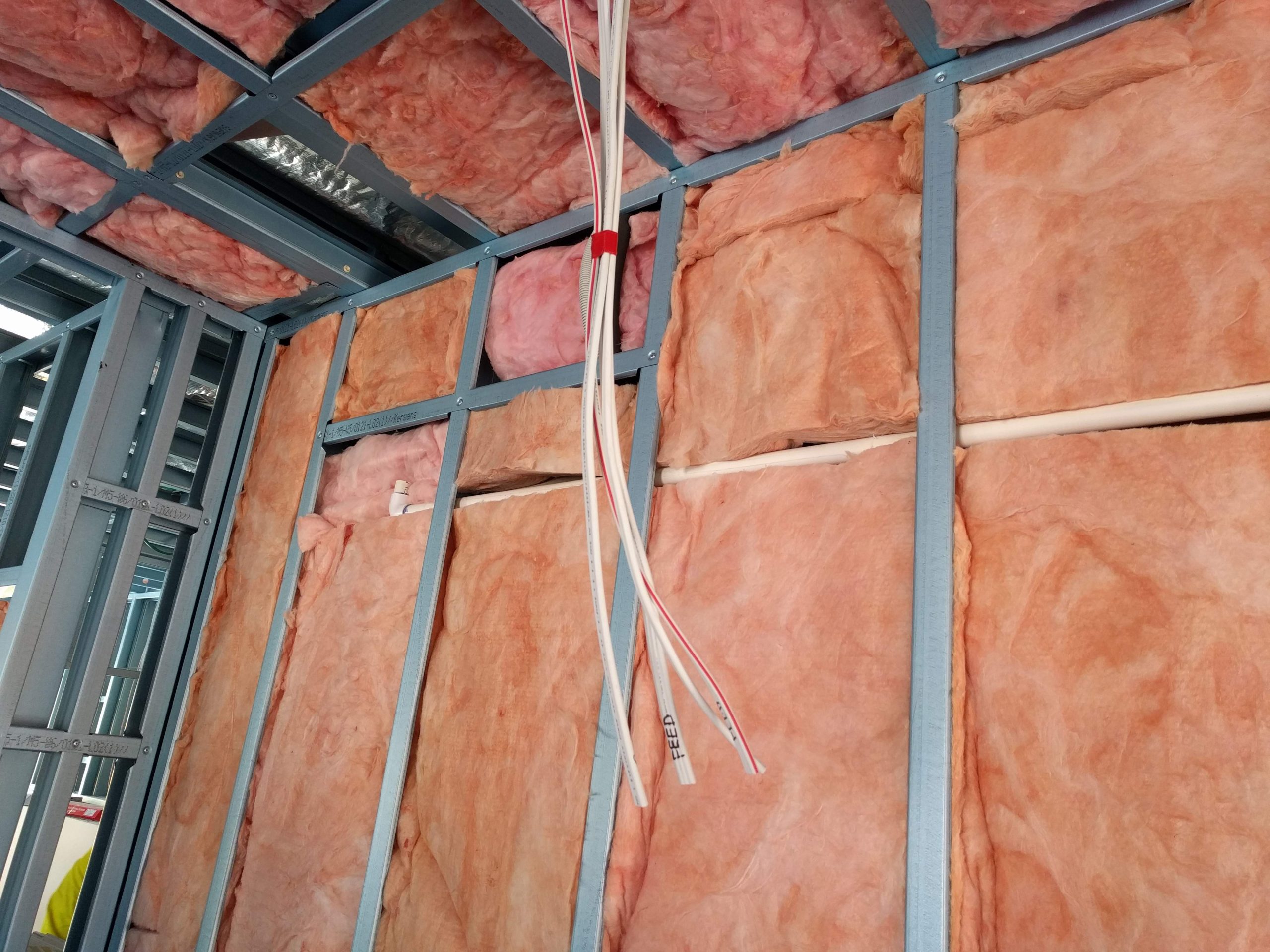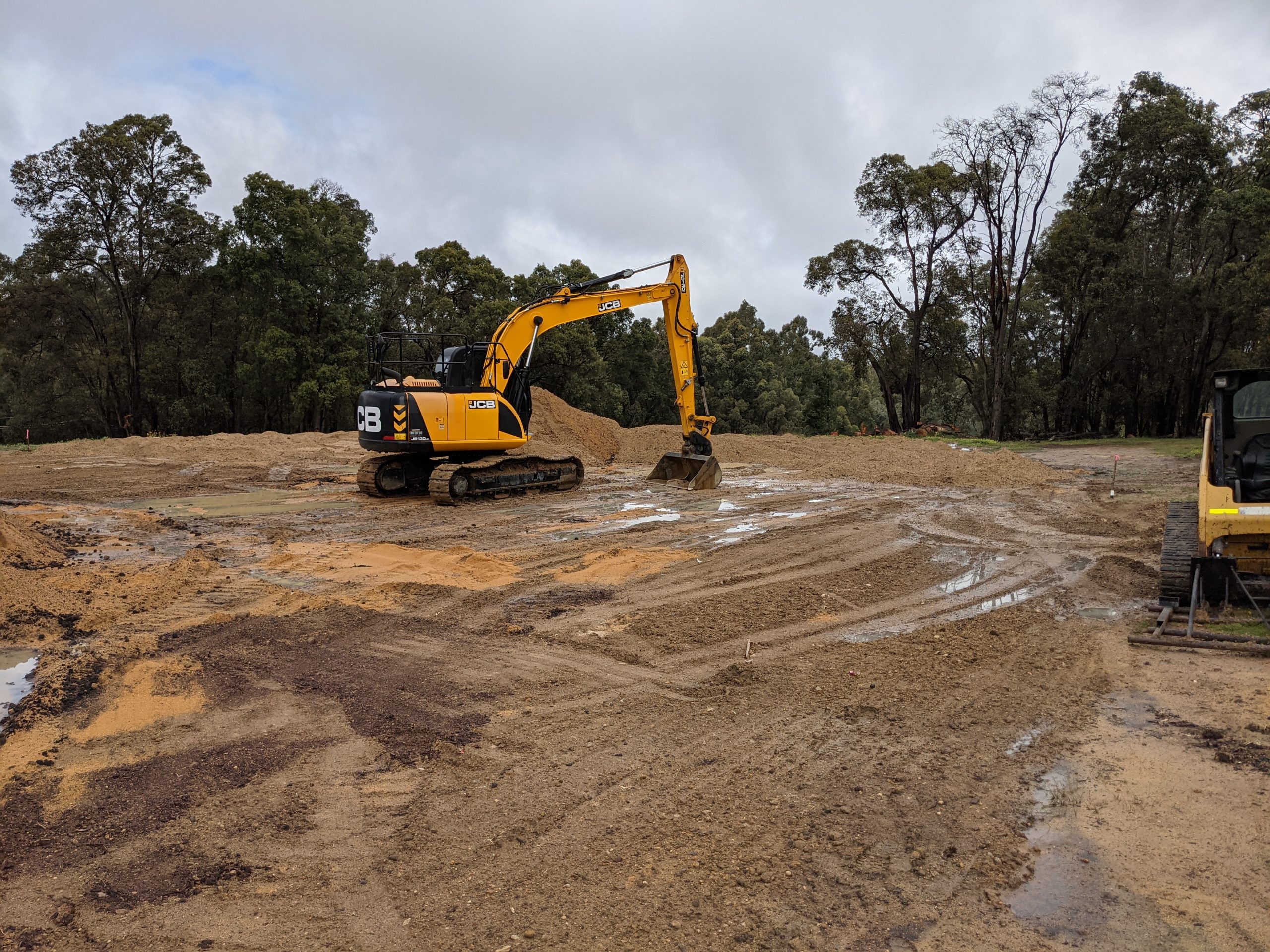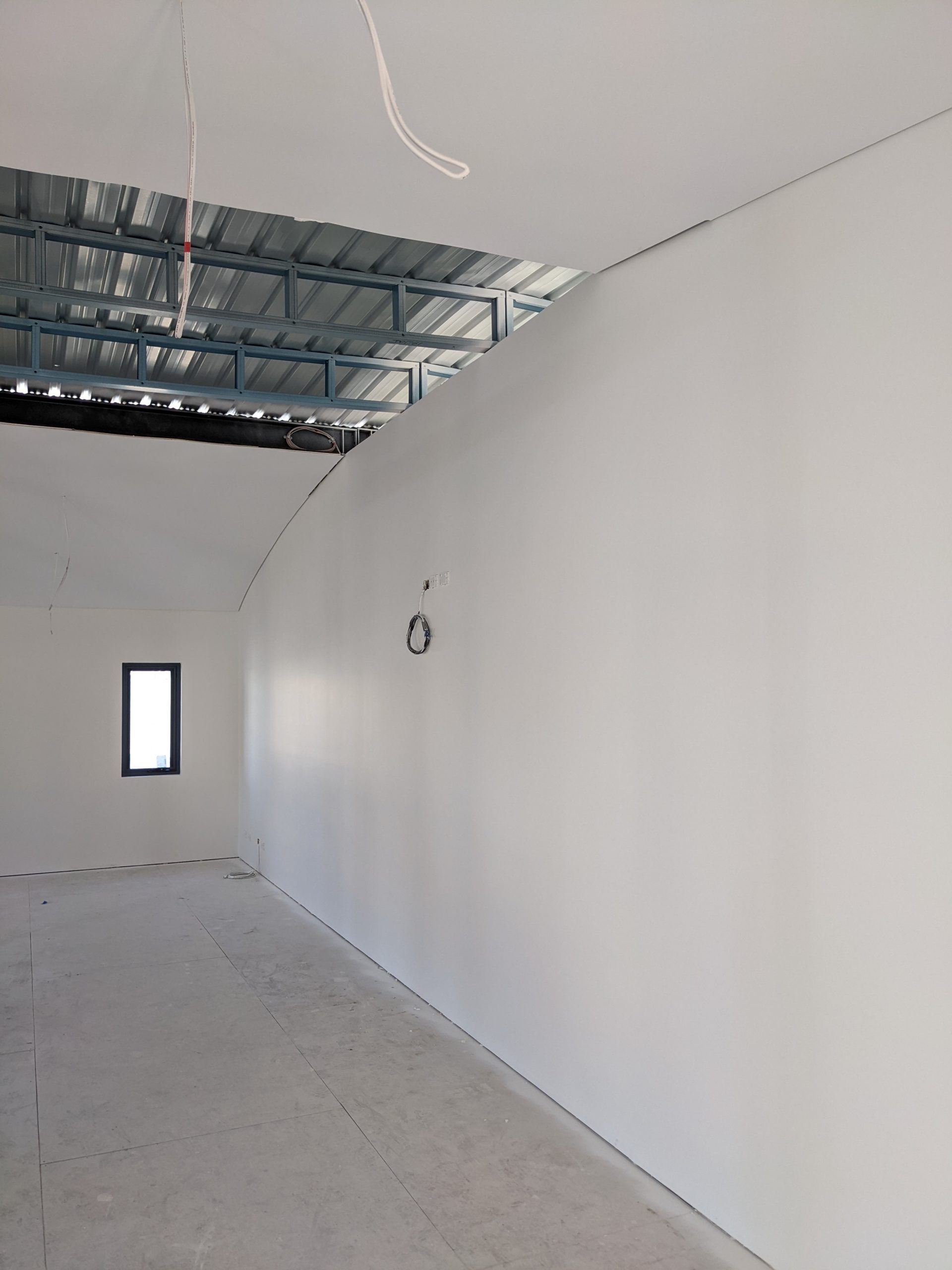The overcrowding of schools has become a significant challenge around the globe. As the student population increases, schools across the country struggle to provide the necessary space for learning. This impacts both the students as well as the teachers’ experiences. The traditional construction of new classrooms can be costly, time-consuming, and disruptive. In response, modular classrooms have emerged as an innovative, quick, and cost-effective solution. Prefabricated structures can be delivered and installed quickly, often within a matter of weeks. This helps schools to manage overcrowding without disrupting their day-to-day operations.

What Are Modular Classrooms?
In order to better understand what modular classrooms are, let’s take a closer look at their design and development.
Defining Modular Classrooms
A modular classroom is a prefabricated building that is generally constructed off-site and then transported to the school. They are built in a factory-controlled environment, which allows them to be produced faster and more efficiently. Whereas, in traditional construction, the entire building process happens on-site.
Why Schools Are Turning to Modular Classrooms
Modular classrooms offer schools that are experiencing problems with overcrowding, an immediate solution. They provide schools with additional space without the need to shut down or relocate students during the construction process. These modular classrooms can serve as temporary or even permanent structures on the campus, which makes them incredibly versatile.
Modular Classrooms: Built to High Standards
Modular classrooms are built to meet all of the same building codes as traditional construction methods. However, they tend to exceed those codes because of the structural design needed to handle the stresses of being moved around.
Meeting Building Codes
It is a common misconception that modular classrooms are built using low-quality materials, and are therefore incapable of meeting building codes. Modular classrooms require an internal structure that is designed to not only meet the same rigorous building codes and safety standards, they are designed to exceed them. This ensures that the classrooms are structurally sound, extremely energy efficient, and perfectly safe for students.
Exceeding Traditional Construction Quality
Modular classrooms are not equal to traditionally built classrooms. In fact, they often surpass them. Because they are built in a controlled factory setting, the construction process is much more precise. There is less waste and fewer delays due to weather. This ensures that the materials are properly protected from the elements, and leads to better-quality construction.
Many modular classrooms are even designed with the concept of sustainability in mind. They incorporate eco-friendly materials and use energy-efficient systems such as LED lighting, underfloor insulation, and high-performance windows. When coupled with, in some cases, solar capabilities, they provide schools with a classroom that is almost fully sustainable.

Safety and Durability
Of course, safety is a top priority for any school. That’s why it’s good to know that modular classrooms excel in this area. While the structures undergo the same type of rigorous inspections as traditional construction, they often exceed these expectations. Not only are they able to pass fire safety, plumbing, and ventilation requirements, but they are usually constructed with steel-reinforced framing. The off-site construction in climate-controlled environments helps to minimize the amount of defects and allows for improved quality control. This results in a classroom that is both safe and very durable.
The Benefits of Modular Classrooms
There are many benefits associated with the use of modular classrooms. Not only can they be installed on-site quickly and efficiently, but they are flexible and scalable. Modular classrooms are a cost-effective option for schools around the country, and they offer the least amount of disruption of any construction method.
Speed and Efficiency
Perhaps one of the greatest advantages of modular classrooms is the speed at which they can be installed. When building a traditional classroom, you need to plan for months or even years to complete the project. This will often disrupt school activities and schedules. But, modular classrooms are built off-site and then delivered to the school when they are ready to be installed. This means that they can be installed within a matter of days. Sometimes, the installation can even be completed over the weekend or during a holiday break to ensure the least amount of disruption.

Flexibility and Scalability
Of course, there is a misconception that modular classrooms do not provide any form of flexibility in design. But this is not the case. The inside of a modular classroom can be customized to the school’s particular needs. They can also be added, removed, or relocated whenever the school has a need to do so. This makes them a perfect solution for any school that is facing fluctuating student populations. If enrollment increases, additional units can be quickly deployed to accommodate the rise in the student population.
Cost-Effectiveness
Often, schools operate with very tight budgets. As a result, cost is a major concern for any school out there. Modular classrooms are often less expensive than traditional building methods. This is due in part to the efficient factory construction process. Since there are fewer delays and less material waste, schools can save money without having to sacrifice quality. Best of all, modular classrooms can often be leased rather than purchased, which makes them the perfect cost-effective solution for any school.
Minimal Disruption to Learning
Traditional construction methods can be highly disruptive to any school. The noise, dust, and restricted access to certain areas can prevent teachers from teaching, and students from learning. But, with modular classrooms, the vast majority of construction is done off-site. This means that students are unaffected by the process. The installation runs quickly, which ensures that classes can continue without interruption. This is very beneficial for schools that cannot afford to pause educational activities throughout the school year.

Real-World Examples of Modular Classrooms in Action
Don’t take our word for it. Let’s take a look at some real-world examples of modular classrooms in action.
Case Study: U.S. School Districts
In the US, modular classrooms are often called portable classrooms. There is very little difference between the two, as they are often delivered in 2 halves that are joined on-site. In the US, there are more than 250,000 portable classrooms distributed throughout the country. A study back in 2006 by Chan entitled “Portable versus permanent classrooms: A quasi-experimental study of fifth graders’ attitude and mathematics achievement” was published in the Eastern Education Journal. The study found that there was no significant effect of portable classrooms on student achievements.
Acoustical qualities of modular classrooms
Another study that was conducted in Brazil found that the acoustic qualities inside a modular classroom were far superior to that of a traditionally constructed room. The study measured the amount of reverberation in a series of different traditionally constructed classrooms and compared them to modular units. The researchers found that the amount of noise pollution in the traditional classroom was far higher than that of its modular counterpart.
Modular Classrooms in Australia
During the 44th annual Australasian Universities Building Education Association Conference the use of modular classrooms was discussed in depth. One of the major studies discussed during the conference, entitled, “Modular Prefabricated Classrooms: A New Zealand Study to Investigate Cost and Time Performance Potential”, took a closer look at the feasibility of using modular classrooms. The crux of the study found that modular classrooms were the most feasible option when it came to speed of delivery and cost-effectiveness.
The Environmental Benefits of Modular Classrooms
Of course, we can’t talk about modular classrooms without discussing the many environmental benefits associated with their use.
Sustainability in Design
Without question, most modular classrooms are designed with sustainability in mind. They are built in factory environments, and the construction process results in far less waste than any other construction method. This provides a more efficient use of materials than traditional construction methods. Moreover, most modular units are constructed with eco-friendly materials including recycled metals and sustainable wood products.
Energy Efficiency
Then there is the energy efficiency factor. Modular classrooms far outperform any traditional building design. They make use of advanced insulation solutions, and energy-efficient lighting. And, they provide schools with the option to incorporate renewable energy sources in the classroom. This means that modular classrooms can help to reduce the school’s carbon footprint. While schools across the country face increasing pressure to adopt greener practices, the use of modular classrooms offers a way to expand capacity while also meeting those sustainability goals.
Conclusion
In the end, modular classrooms offer a flexible, efficient, and extremely cost-effective solution for schools that have to deal with overcrowding. These portable classrooms meet the same safety and quality standards as traditional classrooms but can be installed over the weekend. Moreover, they are scalable and can be moved around the school campus as needed. All of this can be done with the least amount of disruption possible. This makes modular classrooms an extremely attractive option for schools everywhere.

